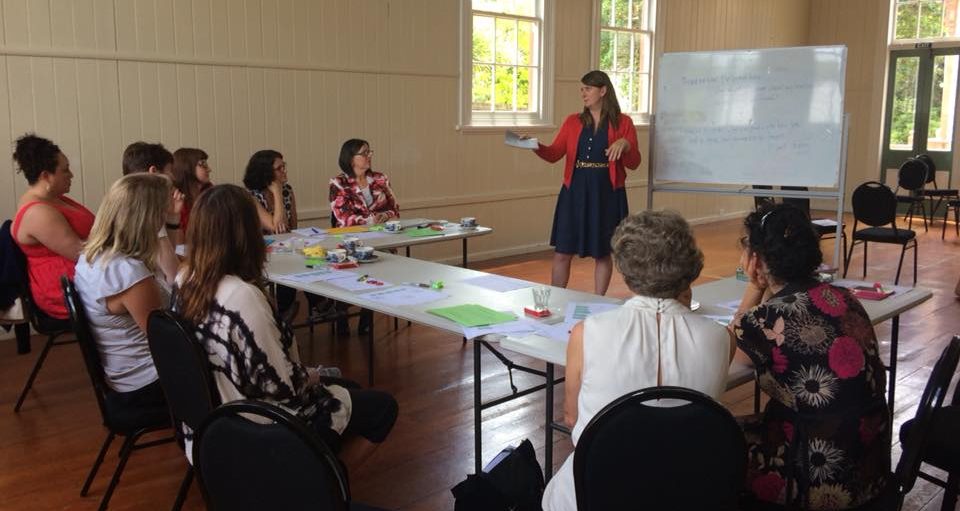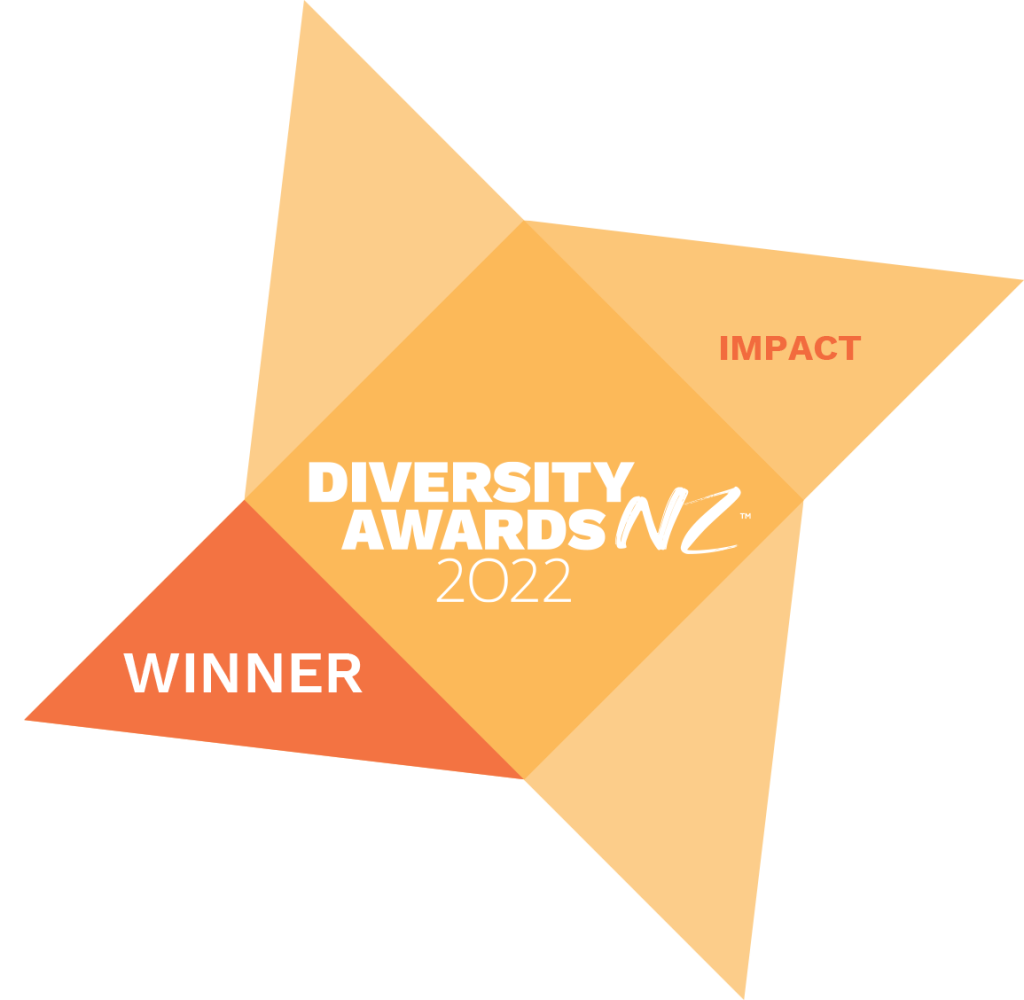 Workplace training can either be transformational, or a ‘tick the box’activity. You’ve probably experienced both.
Workplace training can either be transformational, or a ‘tick the box’activity. You’ve probably experienced both.
Sometimes, training is seen as the silver bullet for a range of issues – it’s tempting to think that putting someone on a training course will automatically translate into positive change and sustained learning of new content and skills, but often nothing changes.
Then there’s the sustainable workplace training that genuinely changes your business. An instructor comes onsite to train your leading hands and takes the time to engage with the site-specific issues that your team are facing. They engage the learners with their course content and goals, they decide up front what success looks like, they evaluate the programme in a number of different ways, and they are back to do follow up in six months. The impact of this training solution is significantly positive and ongoing.
Sustainability of learning – training that has the stickability factor, and informs real change – is the gold standard of any training course. How do you get there?
The challenge of sustainable workplace training
At its core, what separates transformational training from courses that go through the motions is focus and relationship.
Truly transformational, sustainable workplace training isn’t done purely because it’s a good thing to do. It’s not a refresher course that meets the bare minimum requirements. It’s targeted; existing for a reason that is clear to participants and the whole organisation. Not only does it exist to address a specific problem in your organisation, but it goes beyond surface level problems, and targets the root cause. It focuses on this root cause and engages your staff in a way that is relevant to them—contextually, culturally, and content-wise. It’s not wordy power points; it’s meaningful examples and personalised sessions. It engages staff in the big picture – the ‘why’ behind the training.
Relationships and stakeholder management are key to this kind of training—to gaining buy in right from the start, and sending the right message about its benefit and value.
Measuring workplace training effectiveness
One of the best ways to make training more sustainable is by committing to measuring effectiveness. Kirkpatrick’s Model of Evaluation outlines four ways to evaluate, each level progressively more effective.
- Reaction. At the most basic level, this stage measures reaction: how did your people rate the training immediately afterwards? This is the most common form of training measurement—it usually consists of a form, with staff evaluating how informative, enjoyable, engaging etc. the course was. Such measurement offers a good starting point for determining effectiveness, but unfortunately too often it’s the only measurement training receives. Though it’s important to know how your team felt about a course, you’re not spending money just so they can feel good for a few days—measurement must be deeper than emotive responses.
- Learning. Have your people increased their knowledge? This is a tangible measure—for example, a pre-training assessment and a post-training assessment, quantifying how much they have learnt from a given course. This measure builds on the learner’s reaction measure, adding some substance to their ratings. However, again it should not be the only measurement—after all, learning is of limited value, if it isn’t put into practice.
- Behaviour. Are the knowledge and skills learnt in training translating into action? This is where the rubber hits the road. Your people may have enjoyed a course and learnt a lot, but if their behaviour isn’t changing, then it’s not sustainable. Examples of behaviour level evaluation include personal self assessment of before and after training, as well as line manager feedback about what’s changed.
- Results. What impact has this training had on your business outcomes? Improved safety, healthier bottom-line, even increased staff morale—these are all worthy results of training; the important thing is measuring whether a result occurs at all. Armed with such a measure, sustainability (and the subsequent ROI of training) should be much clearer.
Kirkpatrick’s model is just one way to think about evaluating your sustainable workplace training – read more about the model here.
And if you’re ready to make sure your workplace training is sustainable – get in touch today.





